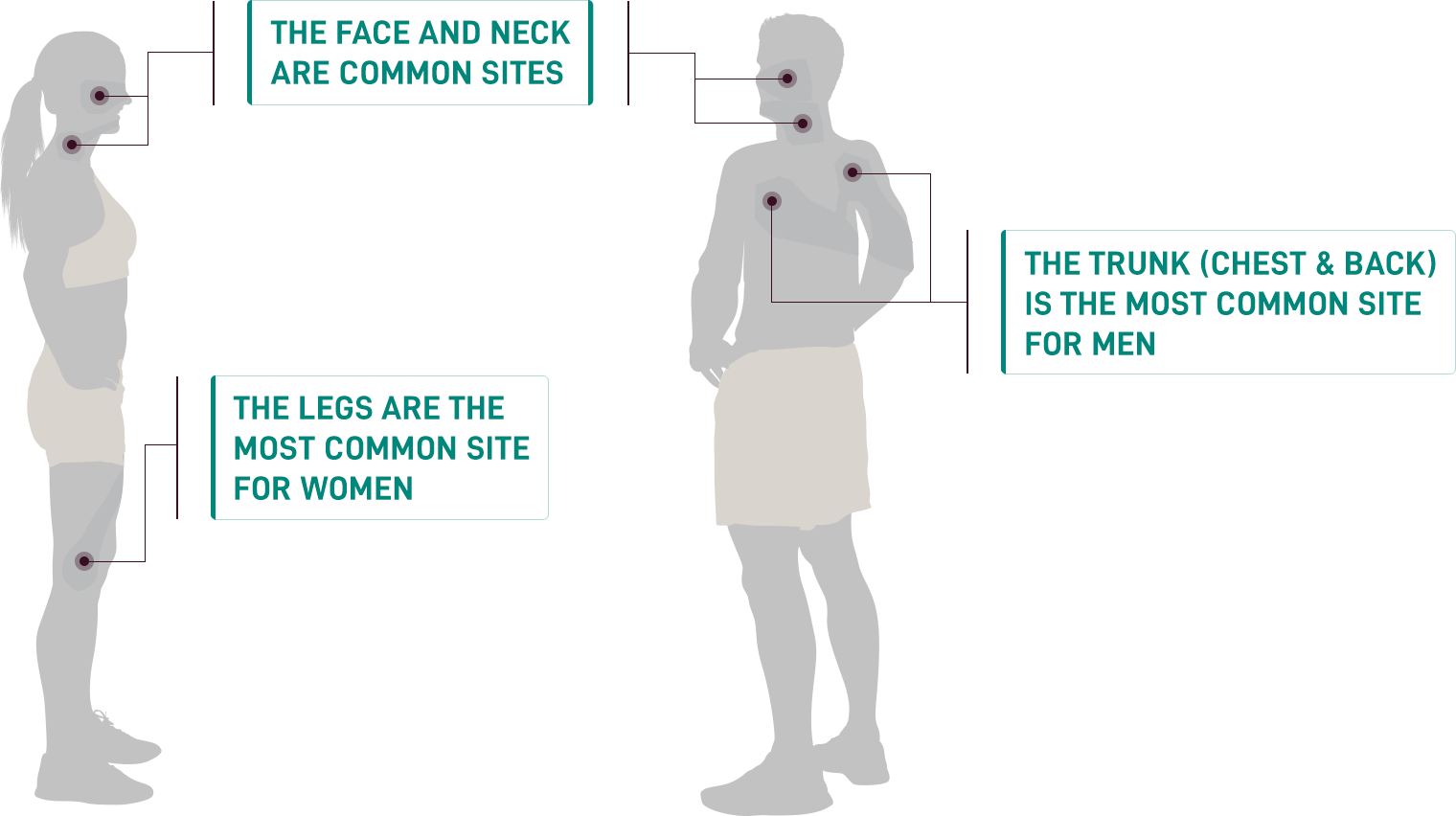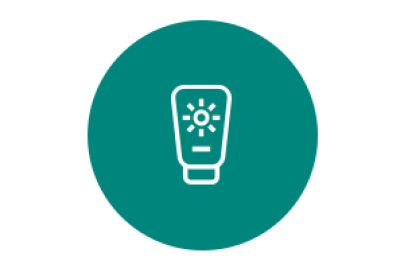Understanding Melanoma


What is melanoma?
Melanoma is the most serious form of skin cancer. Characterized by the uncontrolled growth of pigment-producing cells, melanoma accounts for 1% of skin cancers diagnosed.
Melanomas can occur anywhere on the skin, including areas without sun exposure, but they are more likely to start in certain locations.

Rates have been rising
Worldwide, the incidence of melanoma has been increasing over the past four decades in many populations.
In 2018, it’s estimated there were more than 287,000 new melanoma cases worldwide and approximately 60,000 deaths
In Europe, the five-year survival rate for advanced or metastatic melanoma (stage IV) is estimated to be 9 to 28 percent
Signs & symptoms
A new spot on the skin – one that changes in size, shape or color, or one that looks different – is an important warning sign of melanoma and should be checked by a doctor. The ABCDE rule outlines the characteristics of moles that may be melanomas and is helpful guidance for monitoring skin changes:

one side does not match the other

the edges are irregular

the mole or spot doesn’t have the same color throughout (it may have different colors or different shades of the same color)

larger than 6 millimeters (although melanomas can sometimes be smaller)

the spot is changing in size, shape or color

Any of these warning signs should be discussed with a doctor, especially if you feel you are at risk for melanoma.
Risk Factors
Ways to lower risk
Melanoma can’t be entirely prevented, but there are ways to lower risk. The number one way to lower risk is to protect against UV rays, which damage the DNA of skin cells and impact the genes that control skin cell growth. The top source of UV rays is the sun. That’s why it’s important to practice sun safety every time you go outside, even on cloudy days when UV rays can still shine through. Here are a few ways to protect yourself:

Seek shade
UV exposure is greatest between the hours of 10 a.m. and 4 p.m. If you need to be outside during these hours, seek shade – under a tree, an umbrella or an awning.

Wear a hat
Try to find a hat with a wide brim – at least 2 or 3 inches wide – to protect your face, top of the head, ears and neck.

Cover up
Choose clothing with a tight knit or weave, and avoid shirts that you can see through. Remember, if light is getting through, then UV rays are too.

Use sunscreen
For extended outdoor activity, use a water-resistant, broad spectrum sunscreen with an SPF of 30 or higher.

Wear sunglasses
Protect your eyes and the sensitive skin around them. Pick a pair that will block as close to 100 percent of both UVA and UVB rays as possible.